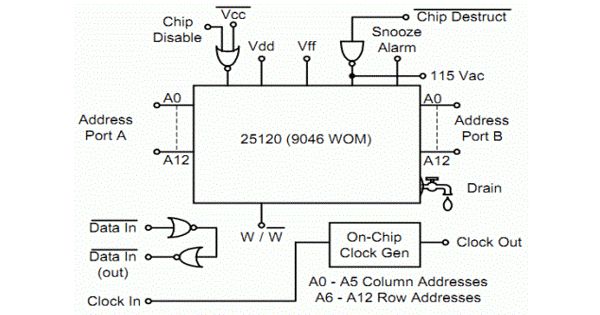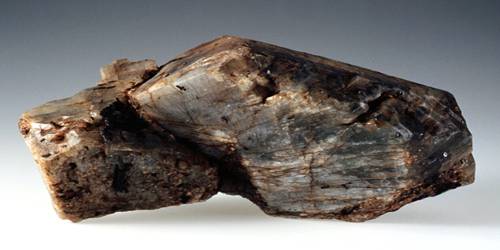Aviation fuel, also known as aviation gasoline or avgas, is a specialized type of fuel used in piston-powered aircraft. It has a high octane rating, which is necessary to prevent engine knock and premature detonation, and is formulated to meet the specific needs of aviation engines.
The most commonly used type of aviation fuel is 100LL (low lead), which contains 100 octane rating and a small amount of lead, a compound that helps lubricate engine parts and prevent wear and tear. However, due to environmental concerns, efforts are underway to develop and implement lead-free alternatives.
Aviation fuels are petroleum-based fuels or petroleum and synthetic fuel blends used to power aircraft. They have stricter requirements than ground-use fuels, such as heating and road transport, and contain additives to improve or maintain properties important to fuel performance or handling. They are kerosene-based (JP-8 and Jet A-1) for gas turbine-powered aircraft. Piston-engined aircraft use leaded gasoline, while diesel-powered aircraft may use jet fuel (kerosene). By 2012, all aircraft operated by the United States Air Force had been certified to use a 50-50 blend of kerosene and synthetic fuel derived from coal or natural gas to stabilize fuel costs.
Jet fuel is another type of aviation fuel used in jet-powered aircraft. It is a type of kerosene that is formulated to have a higher flash point and lower freezing point than other types of kerosene, making it suitable for use in high-altitude and low-temperature environments. Jet fuel is typically classified into two grades: Jet A, which is used in the United States and other countries, and Jet A-1, which is used in Europe and other regions.
Aviation fuel is stored in dedicated tanks at airports and is transported to aircraft using specialized fuel trucks. Prior to each flight, the aircraft’s fuel tanks are filled with the appropriate amount of fuel, based on the aircraft’s weight, distance to be flown, and other factors. During flight, the fuel is burned in the aircraft’s engines, producing the thrust necessary to power the aircraft and keep it aloft.
















